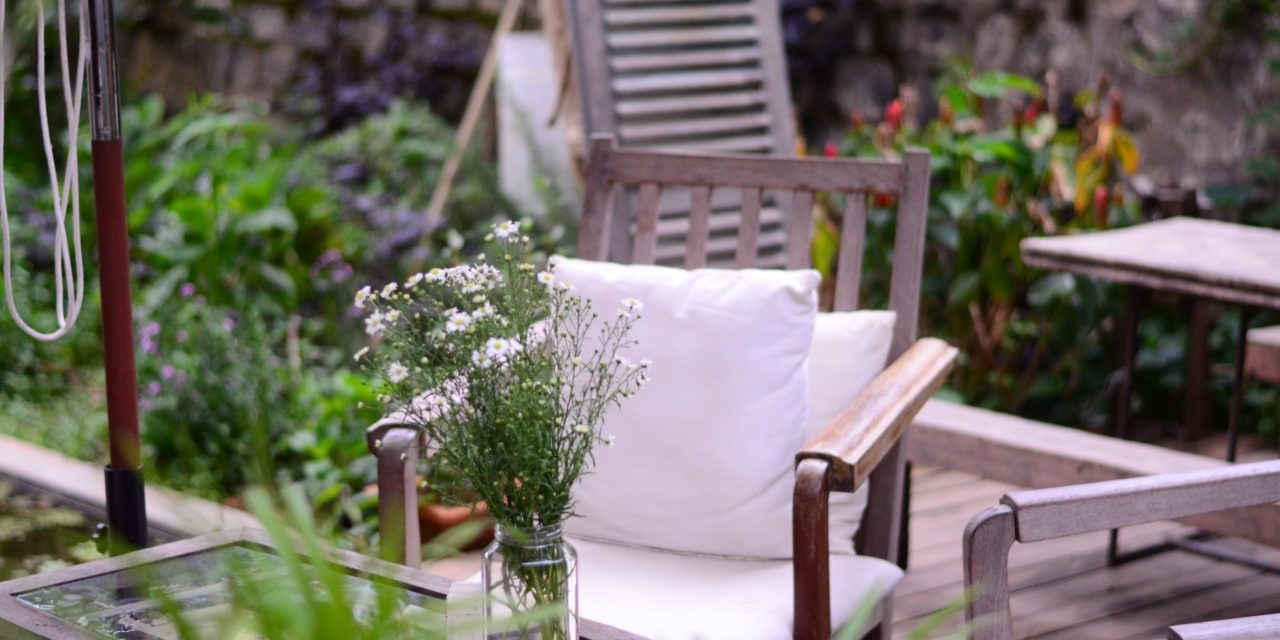[ad_1]
Canna Lilies are a BRILLIANT addition to your landscape. Many people recognize Canna Lilies when they see them, but can't “put the name with the flower.” Cannas grow from tubers rather than bulbs so technically they are not true lilies. Regardless, they produce large bright tropical blooms in dramatic oranges, reds, pinks, and yellows. The foliage ranges from bright yellow green to a deep, almost black, rich green. Cannas generally reach heights of 3-6 feet and no flower provides quite the same drama or focal point. Planted in clusters, cannas can even provide some privacy around patios and decks.
Cannas are all the more exciting they are inexpensive ($1.50-$3.00 each) and they require virtually no care other than watering once planted. These natives of South America enjoy hot weather which is great for landscaping in hot, humid coastal areas as long as they have direct sun at least 4 hours a day. The tubers should be placed 12-18 inches apart because of their size. They sprout and grow to full-size very quickly.
Northern Delaware falls in Zone 7 and Cannas will grow well this far north. Depending on soil conditions, weather conditions and distance and placement around your home the tubers may survive the winter and come up over and over again. Mulching about 6 inches, after trimming the foliage away in the fall, increases their chances of survival. If you do not want to take a chance the tubers can be removed and stored inside through out the winter in a basement or garage. Storage conditions should be cool (about 50 degrees) and moist. Allowing them to completely dry out reduces the odds that they will be viable in spring.
There are many varieties of cannas but among the most popular are red and yellow King Humberts, Tropical Sunrise and Tangelo (lovely shades of peach), Cleopatra (red and yellow bloom with gold flecks), and the orange Wyoming. Groups of these in a large bed mixed with other types of smaller lilies, and annuals such as marigolds create striking curb appeal.
[ad_2]
Source by Jim Carpenter




